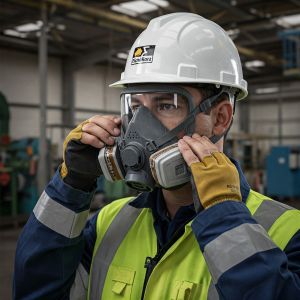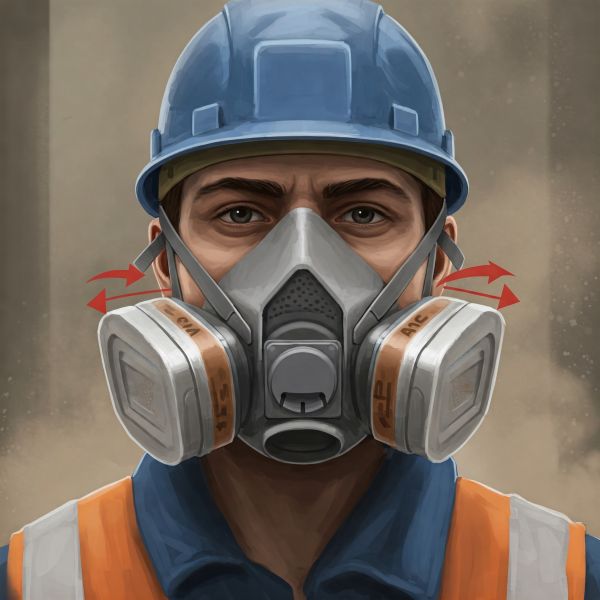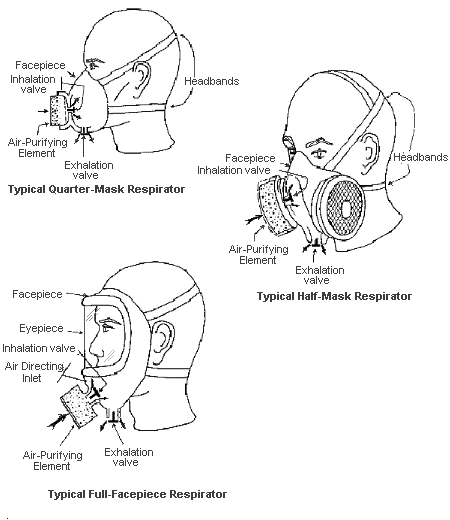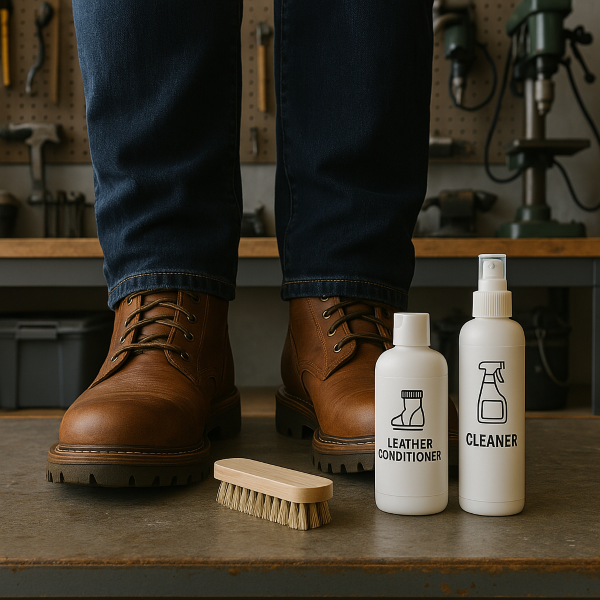The Importance of Proper Respirator Fitting: Your First Line of Defense in Workplace Safety

Why Fit Matters More Than You Think
In environments where workers are exposed to hazardous airborne particles, gases, or vapors, respirators act as a crucial barrier between harmful substances and a person’s lungs. But here’s the catch—a respirator is only as good as its fit.
A poorly fitted respirator is practically useless. It leaves gaps, allows contaminants in, and gives workers a false sense of security. That’s why proper respirator fitting is the first line of defense against long-term respiratory damage, chronic illness, and even fatal exposure.
Understanding the Risks of Improper Respirator Fit
Respirators work by creating a tight seal between the face and the mask. When this seal fails, the effectiveness of the entire system collapses. Tiny leaks can lead to the inhalation of hazardous substances—defeating the purpose of the PPE.
What Causes Improper Fit?
- Facial hair (beards, mustaches) that breaks the seal
- Incorrect size or model of respirator
- Poor strap adjustment
- Facial structure variations (cheekbones, chin size, etc.)
- Movement or speaking while wearing the respirator
- Eyewear that disrupts the seal
The Consequences:
- Irritation of airways
- Lung damage
- Chronic respiratory diseases
- Long-term disability or death in severe cases
In short, improper fitting isn’t just an inconvenience—it’s a life-threatening oversight.
Fit Testing: How to Know If It’s Working
Proper fitting isn’t guesswork—it’s science. That’s where respirator fit testing comes into play. Fit testing is a formal procedure required by OSHA to confirm that the respirator forms a proper seal.
Two Types of Fit Testing:
- Qualitative Fit Testing (QLFT):
- Relies on the worker’s sense of taste or smell
- Uses a test agent with a detectable odor or taste (like saccharin or Bitrex)
- If the worker detects it, the fit has failed
- Quantitative Fit Testing (QNFT):
- Uses specialized instruments
- Provides a numeric measurement of fit
- More precise and typically used for tight-fitting respirators in high-risk environments
When Fit Testing Should Be Done:
- Before a worker wears a respirator for the first time
- Annually, or when facial features change (e.g., weight gain/loss, surgery)
- When switching to a different size or model
Ensuring a Proper Respirator Fit: Step-by-Step
Proper respirator fitting requires a multi-layered approach. Here’s how to make sure it’s done right:
✅ Select the Right Respirator
- Match the respirator type to the specific hazard (e.g., dust, vapors, chemicals)
- Consider full-face vs. half-face respirators based on risk level
✅ Provide Options for Fit
- Offer multiple sizes and models
- Don’t take a one-size-fits-all approach
✅ Train Employees Thoroughly
- Teach how to properly don (put on), doff (remove), and adjust respirators
- Emphasize how to perform user seal checks before every use
✅ Perform Regular Maintenance
- Inspect respirators before each use
- Replace filters, valves, and parts as needed
- Store in clean, dry areas to avoid degradation
✅ Encourage Clean Shaving (When Applicable)
- Facial hair often breaks the seal
- Where tight-fitting respirators are used, clean-shaven policies improve safety
Benefits of Proper Respirator Fitting

Getting respirator fit right pays off in multiple ways—for both workers and employers.
✅ Enhanced Worker Safety
Reduces exposure to airborne toxins, improving health outcomes and preventing long-term illness.
✅ Lower Liability Risks
Proper fitting reduces workplace injuries and illnesses, minimizing the potential for lawsuits or OSHA citations.
✅ Higher Productivity
A safe workforce is a happy workforce. Proper PPE use boosts morale and reduces absenteeism.
✅ Regulatory Compliance
Meets OSHA standards and helps avoid costly fines for non-compliance.
✅ Cost Savings
Fewer medical claims, fewer days off work, and reduced insurance premiums.
Fit Is Not Optional—It’s Critical

Proper respirator fitting isn’t just another box to check—it’s a lifesaving necessity. When done right, it becomes a vital part of a comprehensive respiratory protection program that empowers workers, protects their health, and shields businesses from avoidable risks.
At the end of the day, respirator safety begins with the perfect fit—and that’s a standard no employer should compromise on.



